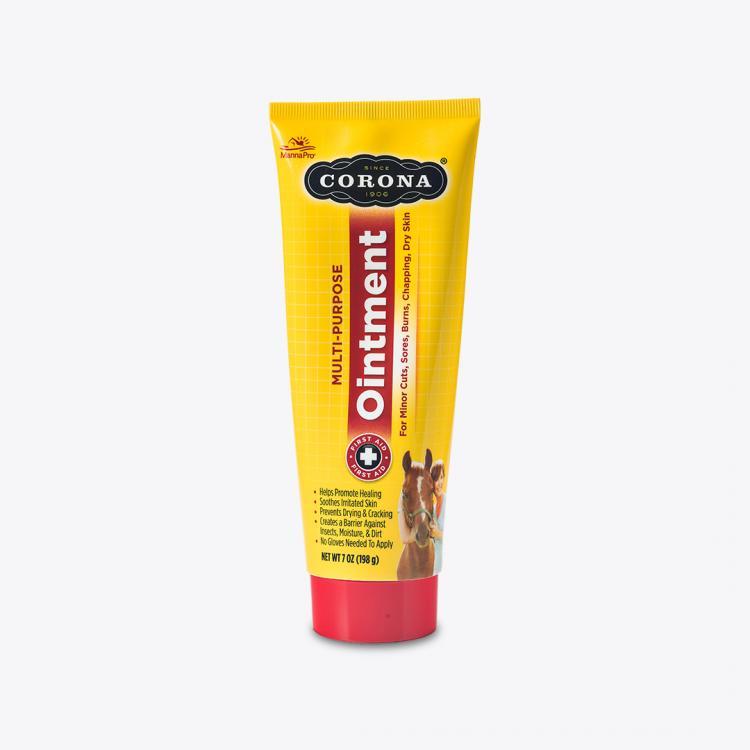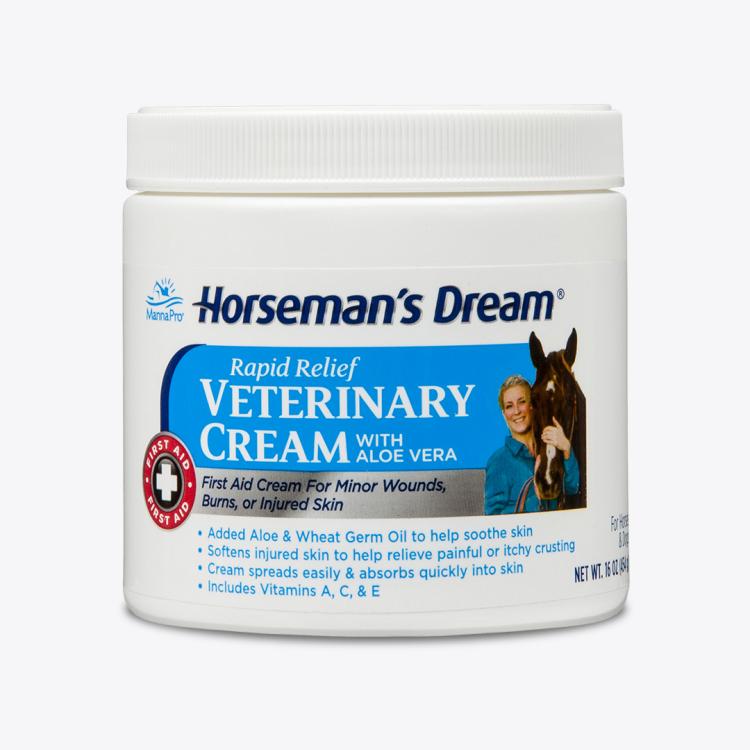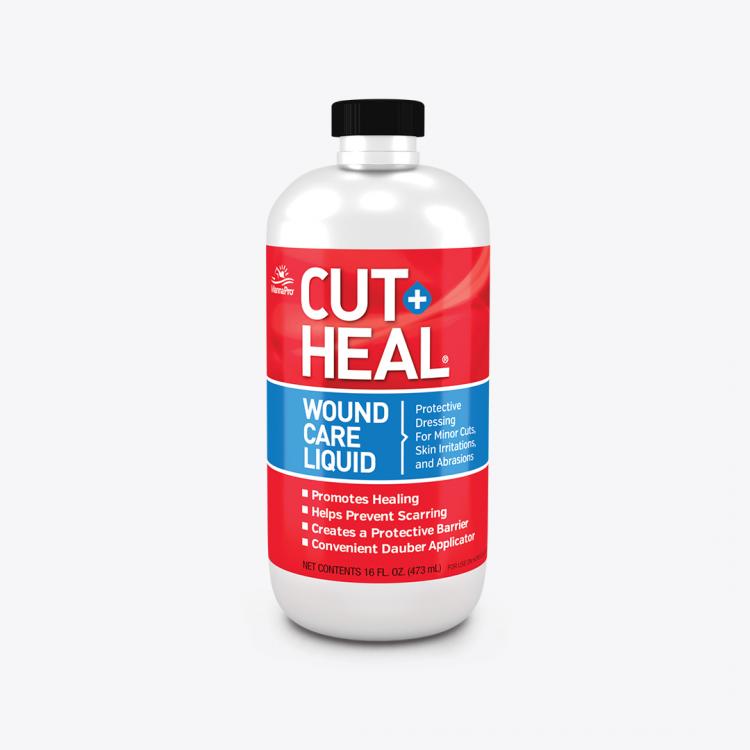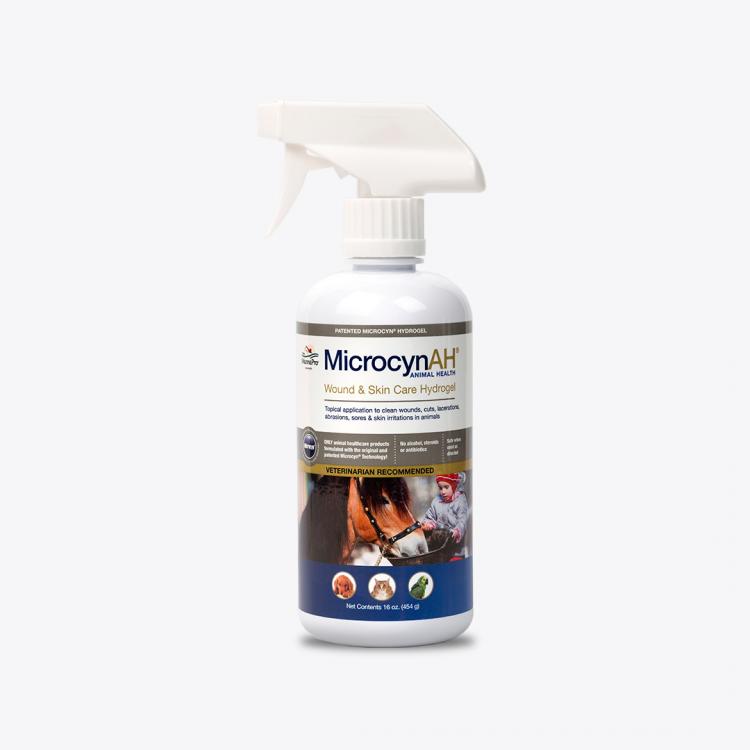Posted by Jennifer Hojnacki, Tue, Mar 20, 2012
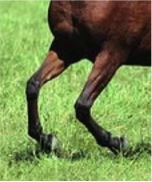
It’s an unfortunate fact that all horses suffer injuries at some point in their lives. Manna Pro® has compiled a list of the four most common types of equine injuries, along with a few helpful hints on how to avoid them.
Scrapes and Abrasions
Scrapes and abrasions are common and can occur as the result of almost any everyday activity, including time in the stall. While they are typically not serious, they can be inconvenient, interfering with your ability to groom or ride your horse, and left untreated even minor scrapes can become infected, leading to larger problems.
Lacerations
Lacerations are tears in the skin, and tend to be jagged or ragged. Unfortunately, they are very common in horses, and can seem particularly scary because they tend to involve a lot of blood. Looks can be deceiving, and a laceration may be easily treated, but if a laceration is deep enough it may require stitches. The best way to determine this is to rinse the wound with clean water so that you can see it more clearly. When in doubt, call your vet.
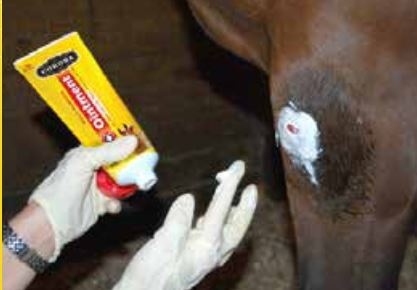
Contusions
Contusions are caused by blunt trauma, most often by a horse being kicked by another horse. Unlike scrapes, lacerations and puncture wounds, contusions may not give the appearance of being serious, but can in fact be just as dangerous. In the case of a contusion, immobilizing the horse, applying cold compresses, and a call to your vet are in order to determine the wound’s severity and treatment.
Puncture Wounds
Puncture wounds are a double threat to your horse, because they are dangerous and (due to their location) they can go undetected for a greater period of time than, say, a laceration or scrape, which tend to be visible and generate blood flow. The danger of a puncture wound lies in the fact that it can lead to infection deep in the tissue if not caught early. Deep puncture wounds need to be irrigated by your vet to remove bacteria in the wound.
Avoiding Wounds in Your Horse
The best way to keep your horse healthy is to follow routine wound prevention measures, including:
- Checking stalls regularly for any protruding nails, sharp metal, loose boards or exposed light bulbs
- Using safe bucket hooks
- Walking through pastures often to check for debris and other hazards, including rocks, sharp tree limbs, and thorny plants
- Checking fencing for loose boards or nails
- Keeping horses to an appropriate number for the size of the turnout to avoid having them injure one another
- Arranging horses in groups that get along
- Turning horses out as often as possible in safe pastures to relieve excess energy
- Providing hay or grass in turnout areas and stalls to provide activity and prevent boredom Make sure you’re prepared in the event that your horse does become injured despite all of your preventative measures.
Have a safe spring with your horse!
